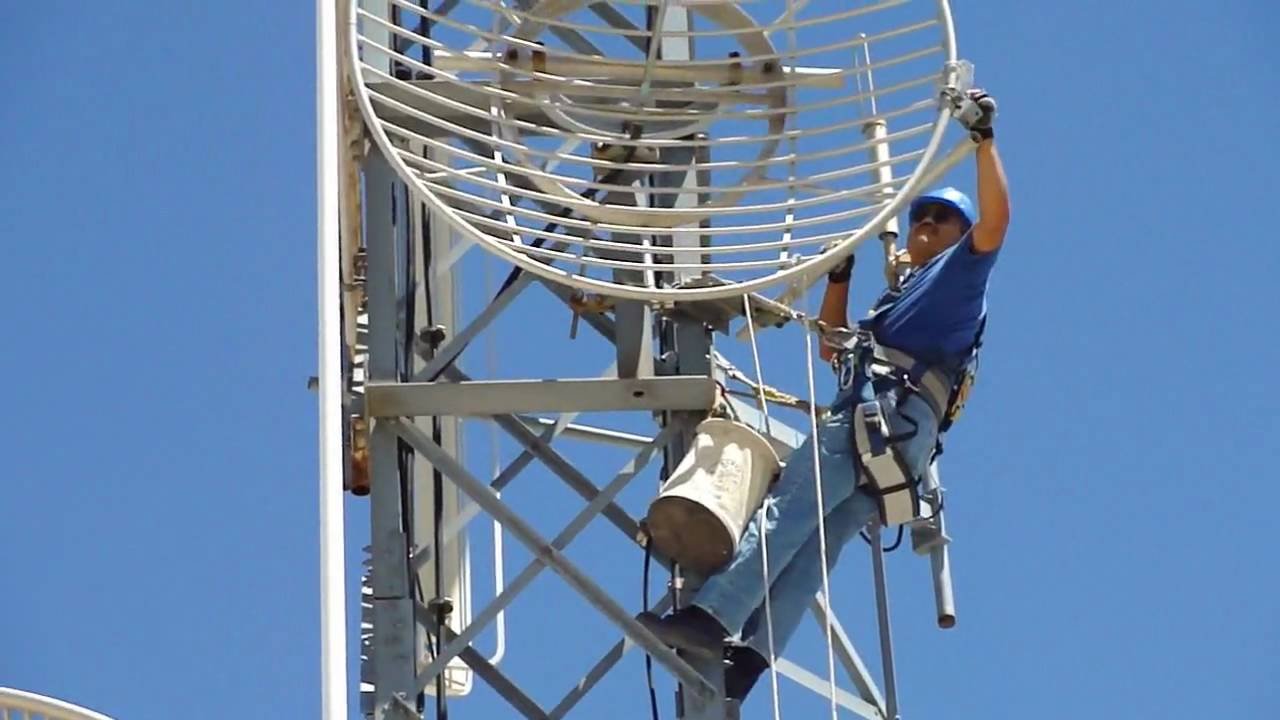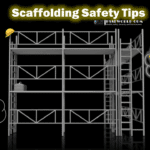Understanding RF radiation-Safety Moment#19
2 min readFor most workers, radiofrequency radiation – an invisible type of non-ionizing radiation used to transmit wireless information – isn’t something to be overly concerned about. Low levels of RF radiation aren’t considered hazardous, according to the Center for Construction Research and Training (also known as CPWR).

However, RF radiation levels produced by telecommunications equipment, including radio, TV and cellular antennas, “can pose a considerable health risk for workers,” CPWR cautions, adding that many antennas placed on rooftops and the sides of buildings are disguised to hide their presence.
The dangers
With RF radiation, “power levels vary,” meaning the amount of radiation may be low when a worker starts a job but can spike to higher levels without warning, CPWR states. A worker’s exposure risk is relative to his or her proximity to and the amount of time spent near the antennas, and symptoms often are delayed. “By the time you feel the symptoms, such as overheating, reddening of the skin and burns, you have already been overexposed,” the center warns.
Additionally, RF radiation may interfere with medical devices, including pacemakers.
Stay safe
How can workers best stay safe? For starters, they should talk with their supervisor, asking if RF radiation-generating cellular antennas are present on the worksite. If so, warning signs should be posted describing the hazards, as well as contact information for the antenna operator.
If work is being done where an RF radiation-generating antenna is present, the antenna operator should move or temporarily power down the device, CPWR states. Workers should confirm with a supervisor that the antenna has been powered down before proceeding.
Other tips include staying 6 feet away from a single antenna or 10 feet away from a group of antennas, carrying a personal RF monitor, and wearing personal protective clothing. However, CPWR notes, protective clothing will not shield workers from electrical shock or arc flash.










